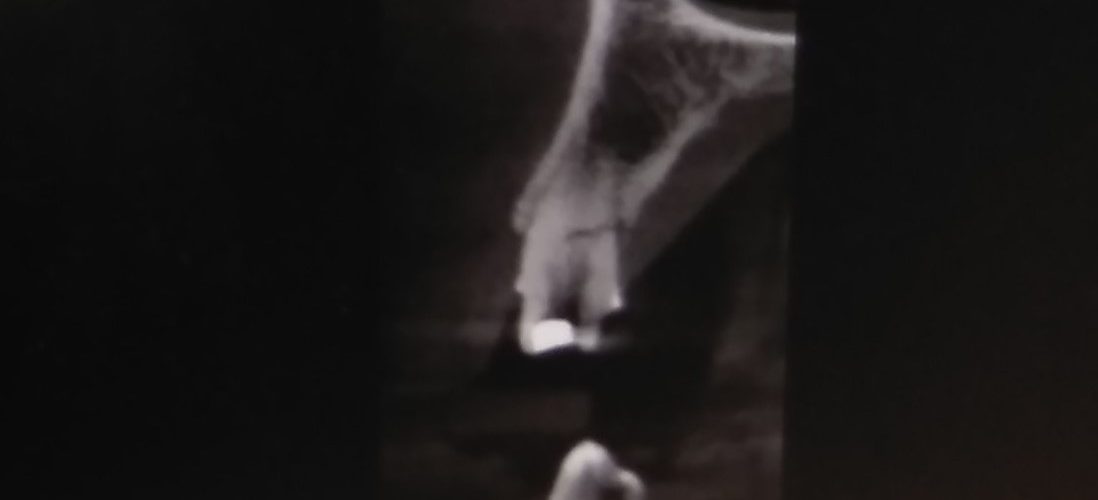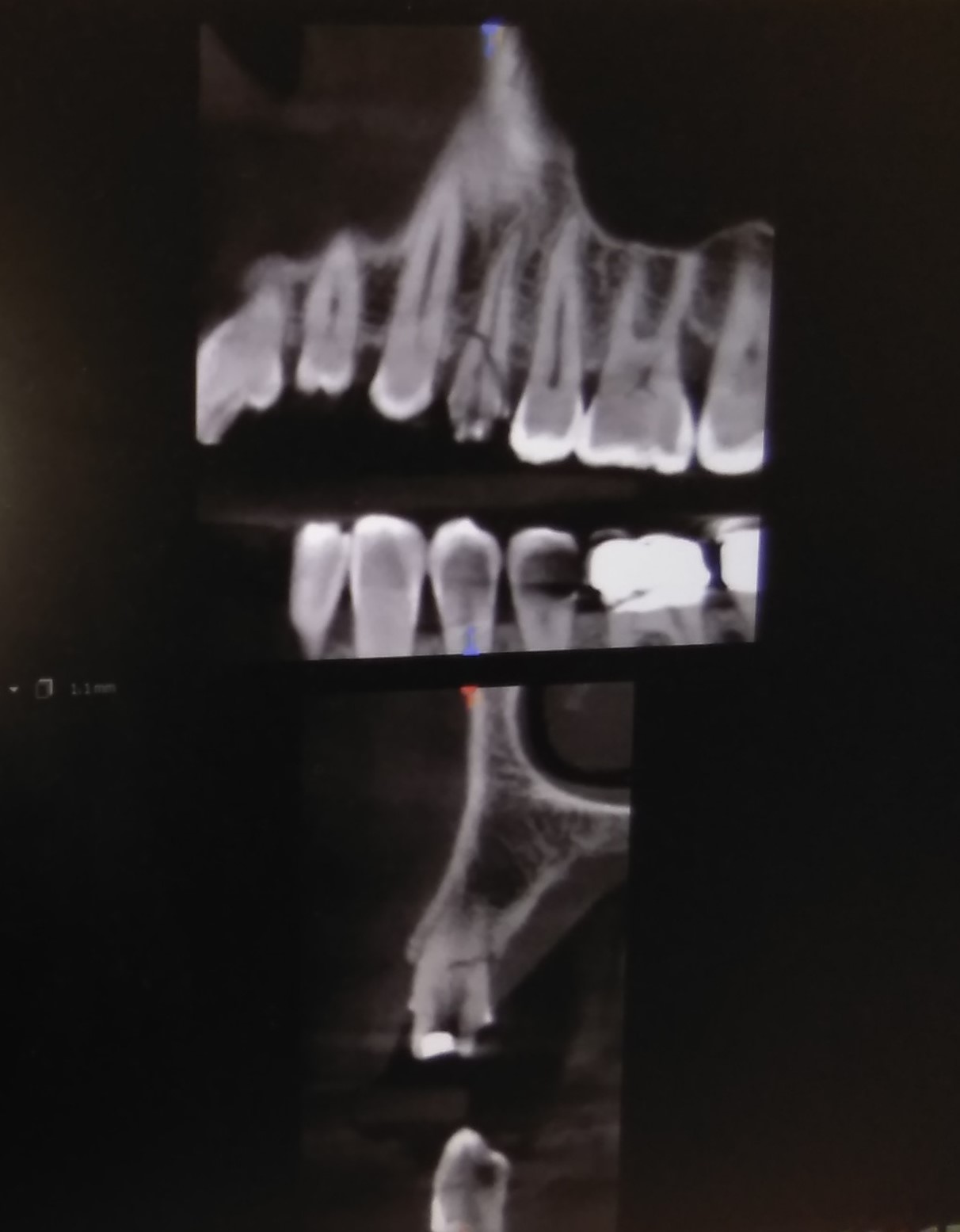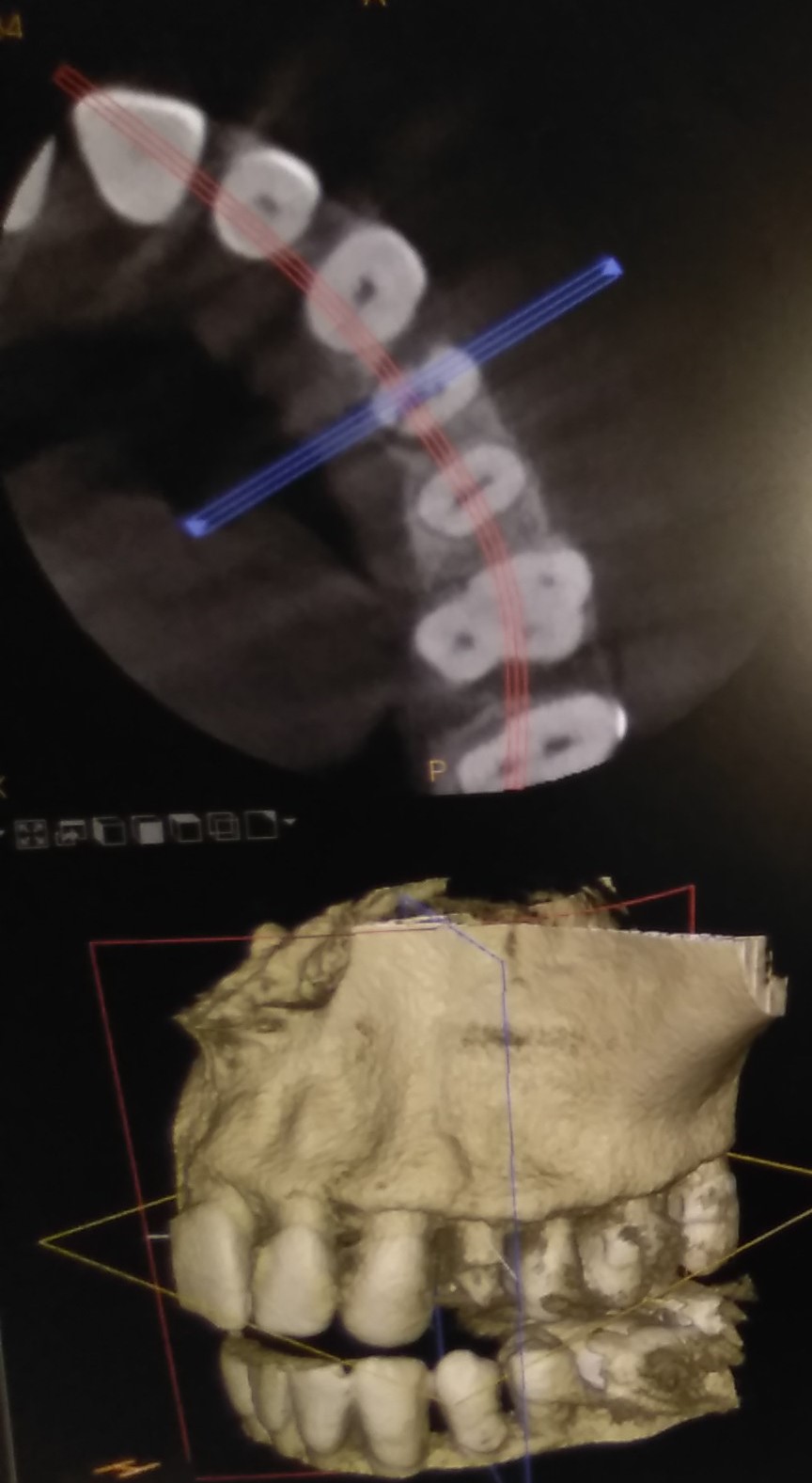Diagnosing Cracked Teeth

Cracked tooth Syndrome is defined as a fracture of unknown depth which originated from the crown through tooth structure and potentially extends sub-gingivally to connect pulp space or PDL. 1 Etiology of cracked teeth is multi-factorial but it is often caused by decreased stability from caries or poor cavity design and overloading teeth.2 Teeth that are most often affected by cracked tooth syndrome are mandibular molars and maxillary premolars.2
Types of Cracked teeth include Craze lines, Fractured Cusps, Cracked teeth, Split teeth, and Vertical root fracture.1 Splits and fractures are considered to be the 3rd most common cause of tooth loss.2 The ability to accurately diagnose Cracked teeth is extremely essential especially since being able to diagnose and treat it early might be able to prevent tooth loss. Based on condition, treatment can range from fillings, root canals and crowns to tooth extraction. A number of differential diagnosis exist, and Crack teeth can be misdiagnosed as acute periodontal disease, acute pulpitis, dentin hypersensitivity, galvanic pain from amalgam restorations, hyper-occlusion of dental restorations, and occlusal trauma with parafunctional habits.1
Diagnosing of Cracked teeth Syndrome starts with dental history, subjective and objective exam, tactile exam, periapical tests, bite tests, vitality tests, periodontal probing, radiographic exam, restoration removal, staining, transillumination, wedging forces, and surgical assessment.3 Craze lines are common in adults they can be differentiated from Cracks by transillumination. If it involves a cracked tooth, the light is blocked, while for craze lines, the entire tooth is illuminated.3 Craze lines have an excellent prognosis when treatment is necessary.3
Fractured cusps involve complete or incomplete fracture of the crown of a tooth which extends sub-gingivally, it is usually directed mesio-distally and bucco-lingually. The fracture extends into the cervical third of the crown or root, prognosis for treatment is good and treatment can involve full coverage crown or onlays.3
Cracked teeth involve incomplete fractures initiated from the crown of teeth and extending sub-gingivally, usually distally. The fracture can be the surface of the tooth only and extends to the proximal root. The occlusal fracture is usually more centered and apical than a fractured cusp.3 Diagnosis involving use of a wedge between segments differentiates fractured cusp, cracked tooth or split teeth.3 For fractured cusp, the fractured piece usually breaks off with light pressure and there is no mobility.3 With cracked teeth, there is no cusp fracture and no mobility.3 With Split teeth, there is mobility of components with wedging.3Cracked teeth have questionable prognosis and its extent can determine prognosis and if extraction is necessary.
Split teeth involve complete fracture initiated from the tooth crown and extends sub-gingivally, usually directed mesio-distally from both marginal ridges and proximal surfaces.3 A split tooth is the evolution of a Cracked tooth, with fracture now complete.3 The root surface fracture is usually middle or apical one third. The split tooth could have occurred suddenly or from growth of an incomplete crack.3
Vertical root fractures involve complete or incomplete fracture initiated from the root at any level. Fractures occur on the root portion of the tooth only.3 It can extend to the length of the root or at any level along the root. People with vertical root fractures do not usually have symptoms, most fractures occur in teeth with root canal therapy.3 The prognosis is poor and usually the affected tooth requires extraction.
Ability to understand and diagnose cracked tooth syndrome is essential to being able to render the best care available for patients, since their misdiagnosis results in inability to treat the conditions effectively. Getting a good dental history, completing vitality tests, use of x-rays as well as transillumination, removal of restorations to be able to effectively diagnose cracks, and wedging are essential for diagnosing cracks, for subgingival fractures, CT scan x-rays and surgical assessment can help to ensure accuracy in diagnosing the cracked tooth.
References:
1) Hassan S, Singh K, Salati N. Cracked tooth Syndrome, Overview of literature. Int. Journal of Applied Basic Med. Research 2015 Sep-Dec; 5(3): 164-168.
2) Geurtsen W, Schwarze T, Gunap H. Diagnosis, therapy and prevention of cracked tooth syndrome. Quintessence Int. 2003, June;34(6):409-412.
3) Cracking the Cracked tooth Code: Detection and Treatment of various longitudinal root fractures. American Association of Endodontics 2008.




